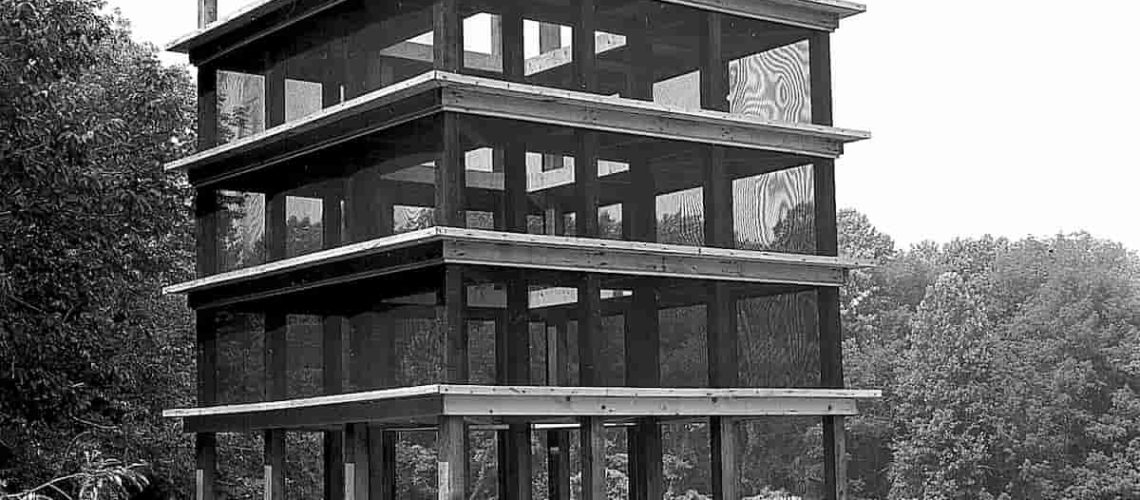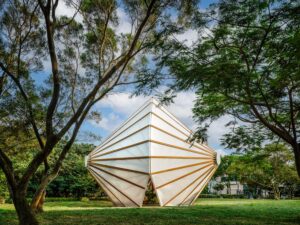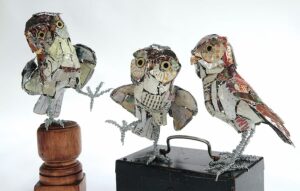︳A New Book Celebrates the Groundbreaking Women Who Changed Land Art a New-Art-Magic Book
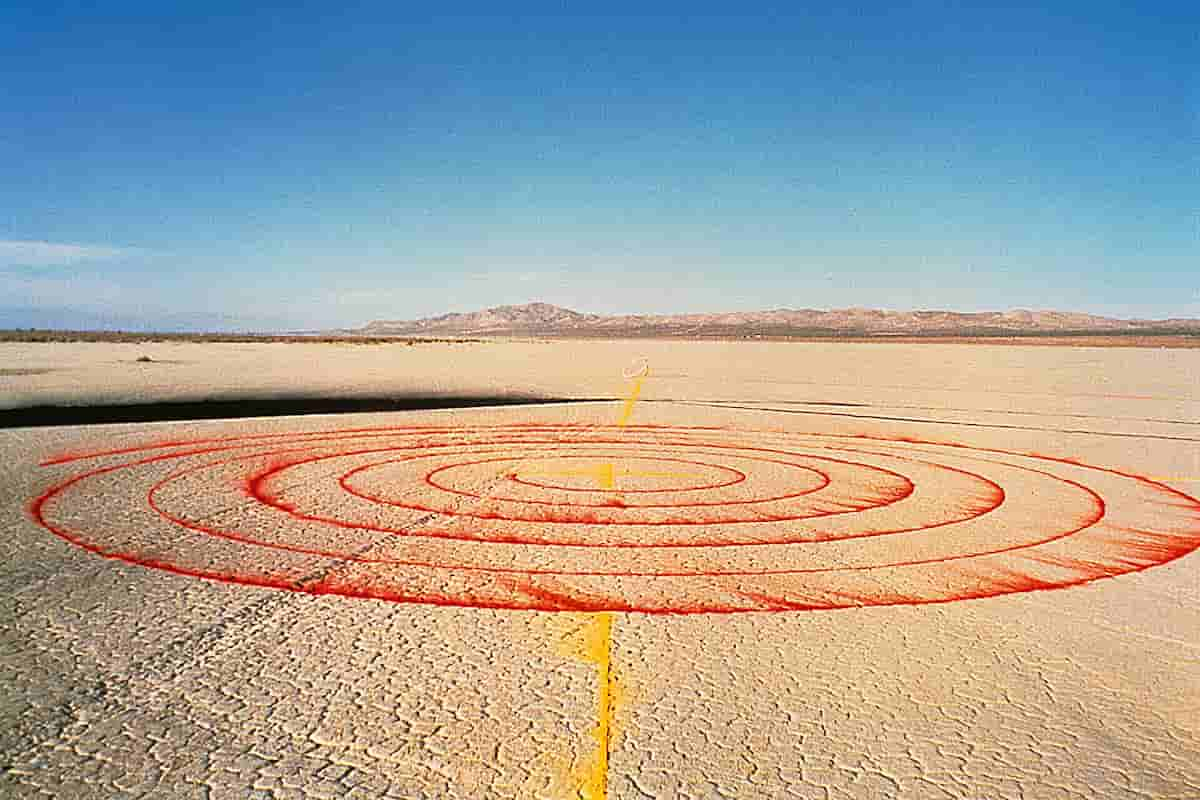
“Lita Albuquerque, “Spine of the Earth” (1980), pigment, rock, and wood sundial, El Mirage Lake, Mojave Desert, California.”
︳As conceptual art emerged in the 1960s as a dominant movement, more artists turned their attentions toward atypical materials and spaces. Using wood, steel, plants, peat moss, and other organic matter became commonplace in the genre known as land art, which included works made directly on the earth or with natural materials brought into the gallery.
As with most of art history, land art has generally been dominated by men, although a new book published by DelMonico offers a corresponding, if not corrective, narrative. Groundswell: The Women of Land Art is a 256-page volume that encompasses a range of works by renowned artists like Ana Mendieta, Nancy Holt, and Agnes Dean, to name a few.
On the cover is Lita Albuquerque’s “Spine of the Earth,” an ephemeral creation of concentric circles laid in the Mojave Desert in 1980, with projects like Meg Webster’s verdant “Moss Bed, Queen” and Patricia Johanson’s winding “Fair Park Lagoon” inside its pages. Given the fleeting nature and live components of many land-art pieces, the book is both a celebration of the women artists working in the genre and a necessary resource for documenting such groundbreaking and transient additions to the canon.
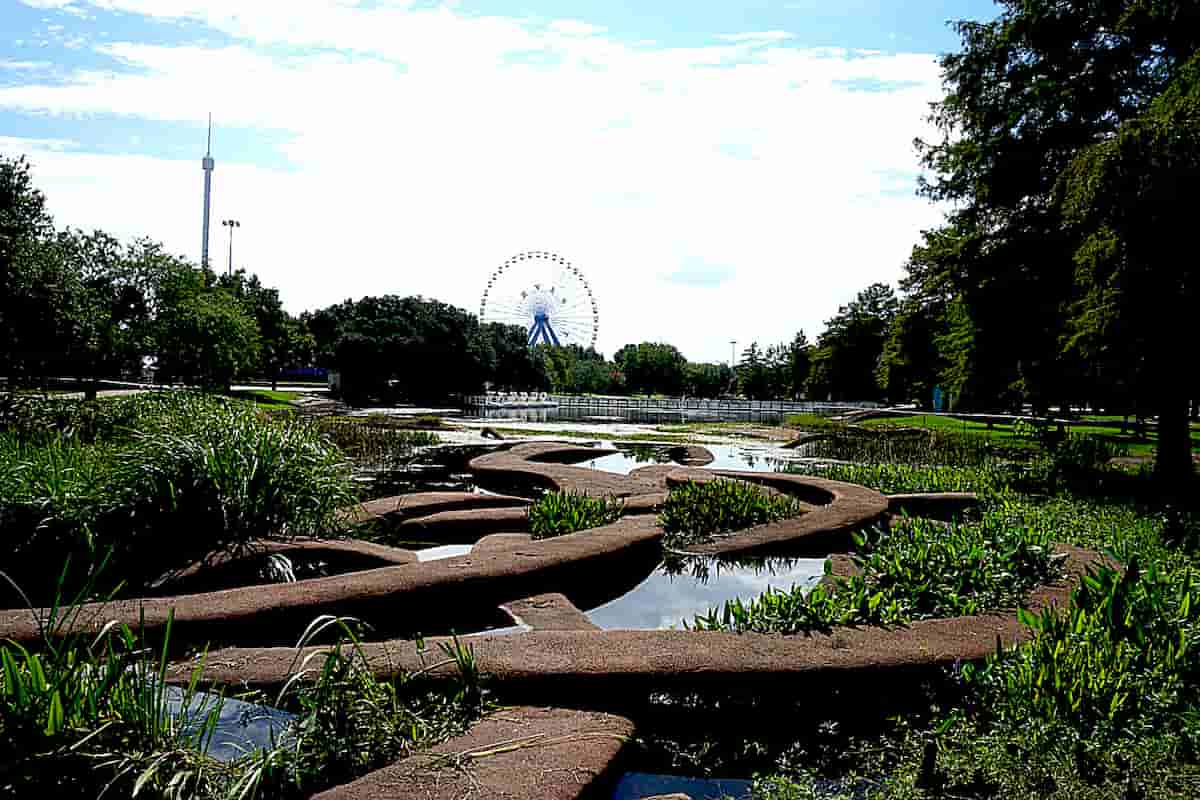
Patricia Johanson, “Fair Park Lagoon” (1981–86), gunite, native plants, and animal species, For the People, the Meadows Foundation, Communities Foundation of Texas, Texas Commission on the Arts and their private and corporate donations, permanently sited in Fair Park, Dallas.
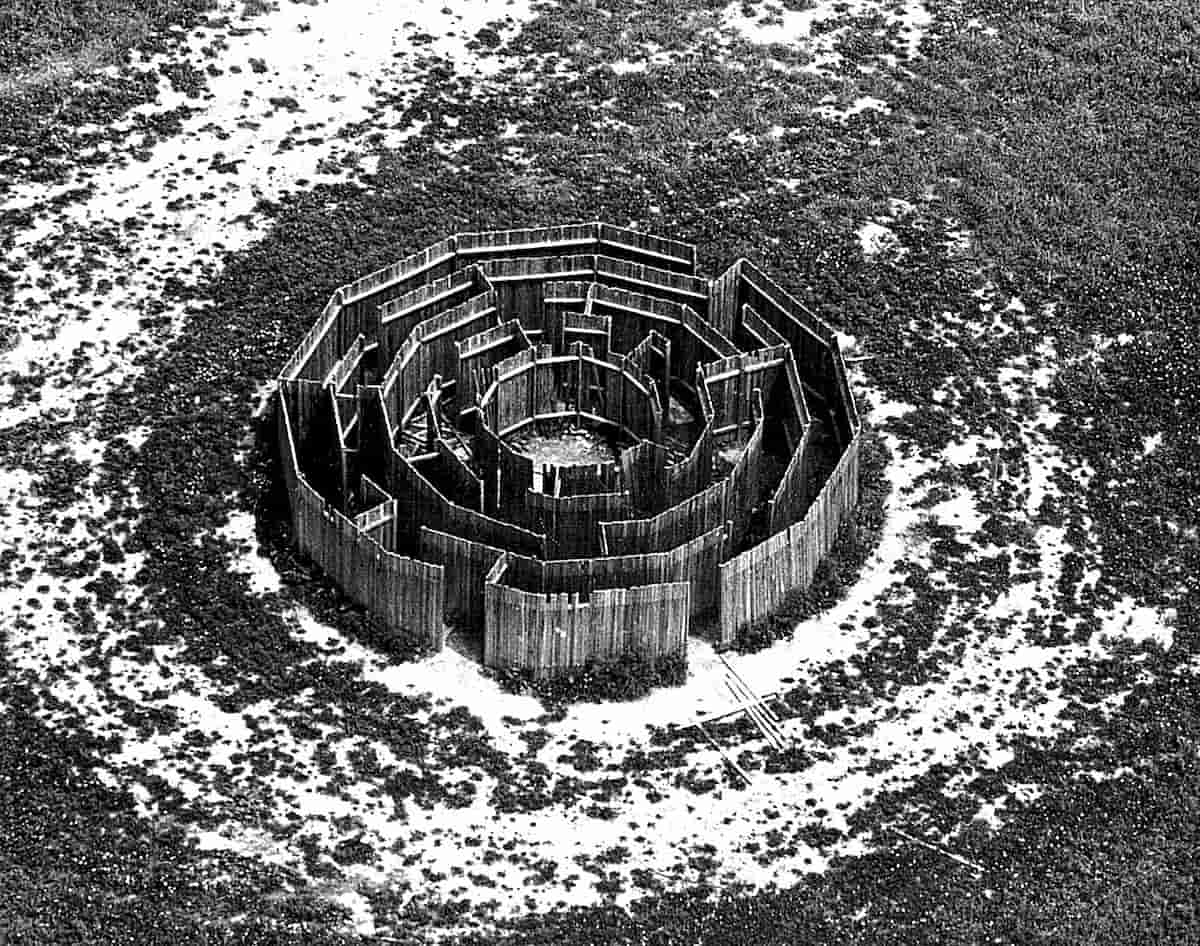
Alice Aycock, “Maze” (1972), 12-sided wooden structure of 5 concentric dodecagonal rings, broken by 19 points of entry and 17 barriers 6 x 32 feet diameter, originally sited at Gibney Farm near New Kingston, Pennsylvania, now destroyed.
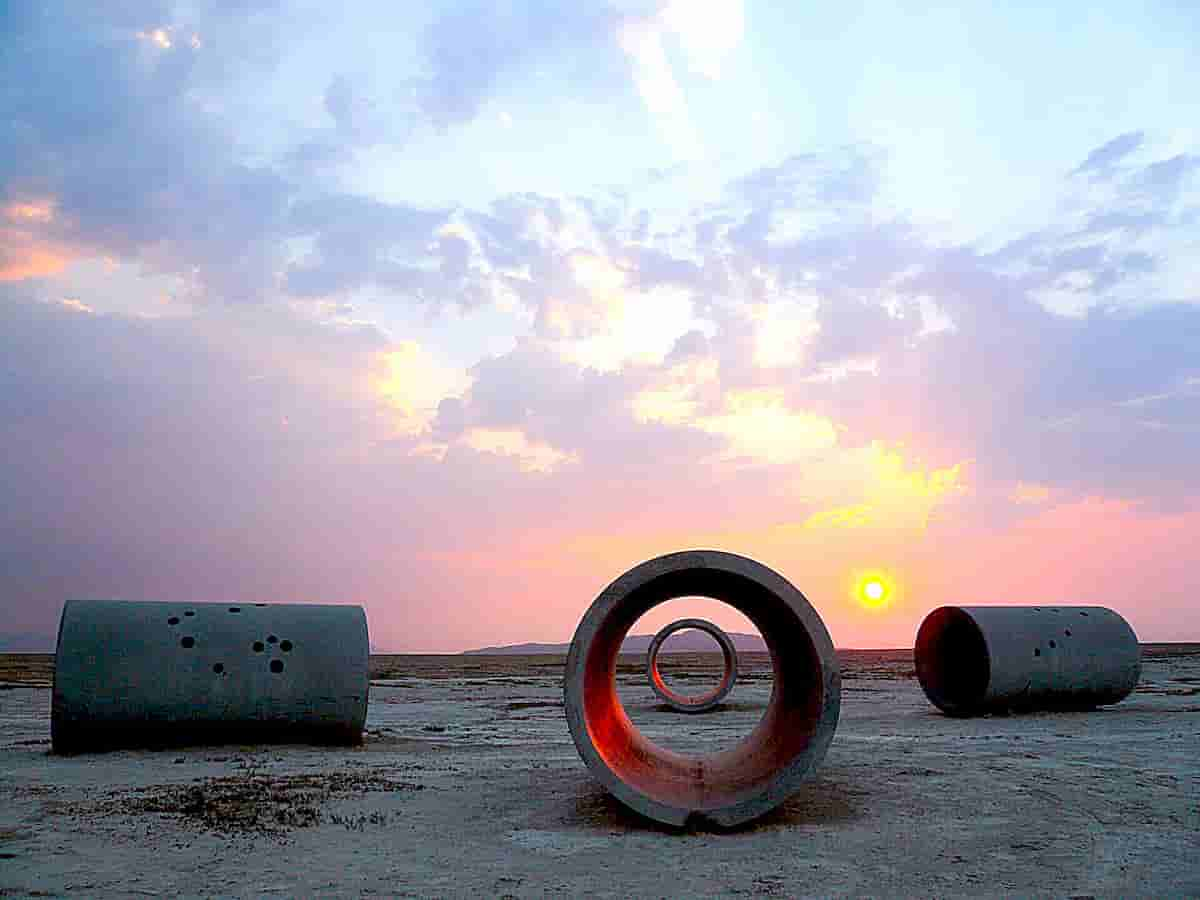
Nancy Holt, “Sun Tunnels” (1973-76), Great Basin Desert, Utah, concrete, steel, earth, 9 1/6 x 86 x 53 x 86 feet, collection of Dia Art Foundation with support from Holt/Smithson Foundation.
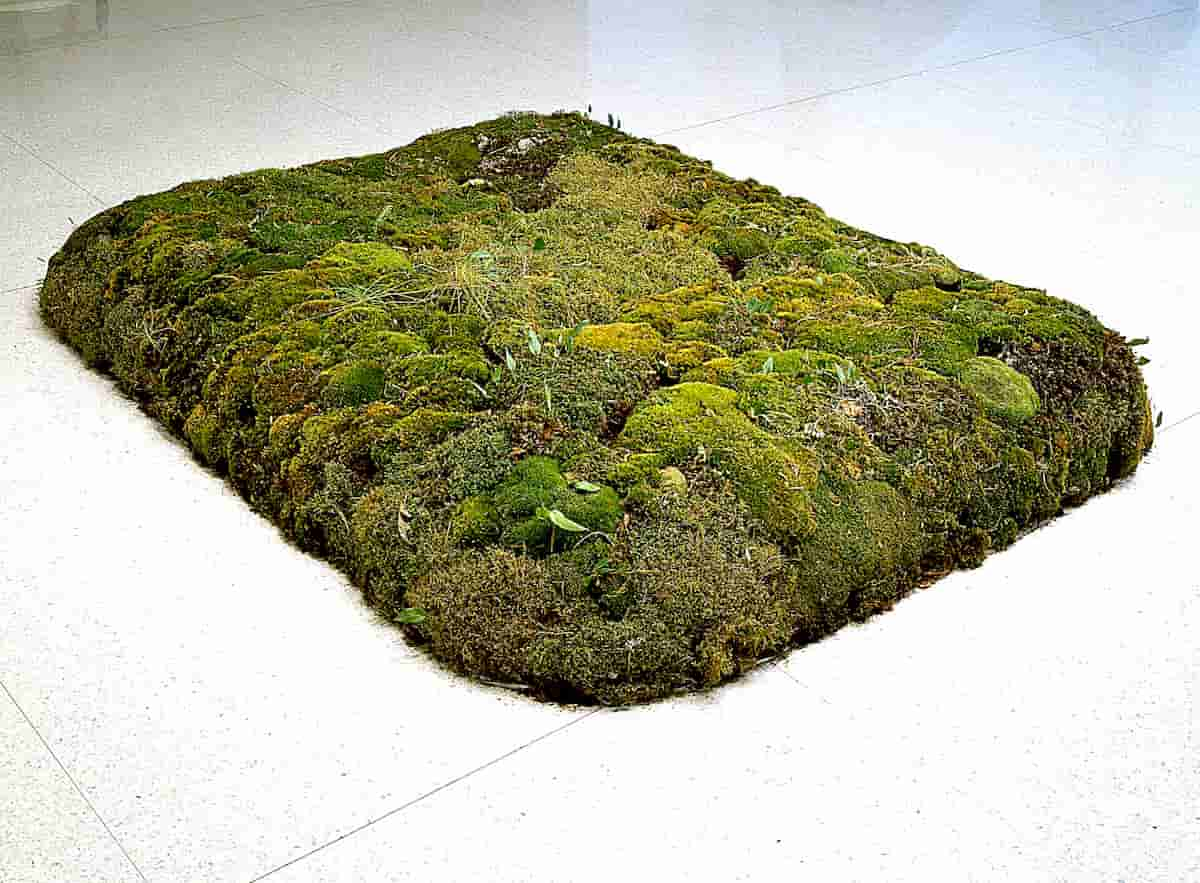
Meg Webster, “Moss Bed, Queen” (1986/2005), peat moss, earth, and plastic tarp, 10 x 60 x 80 inches, Walker Art Center, T. B. Walker Acquisition Fund, 2006.
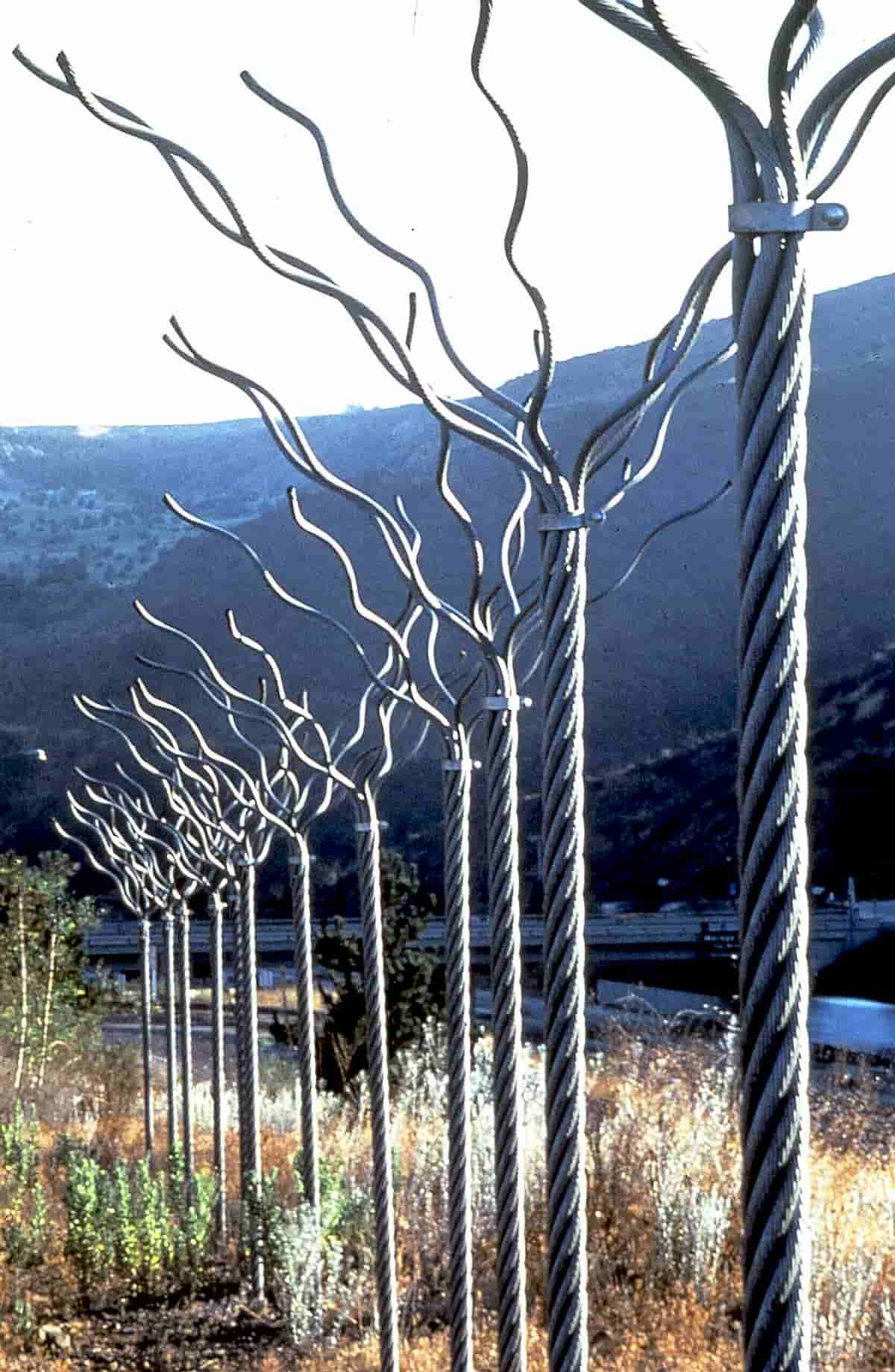
Maren Hassinger, “Twelve Trees” (1979)
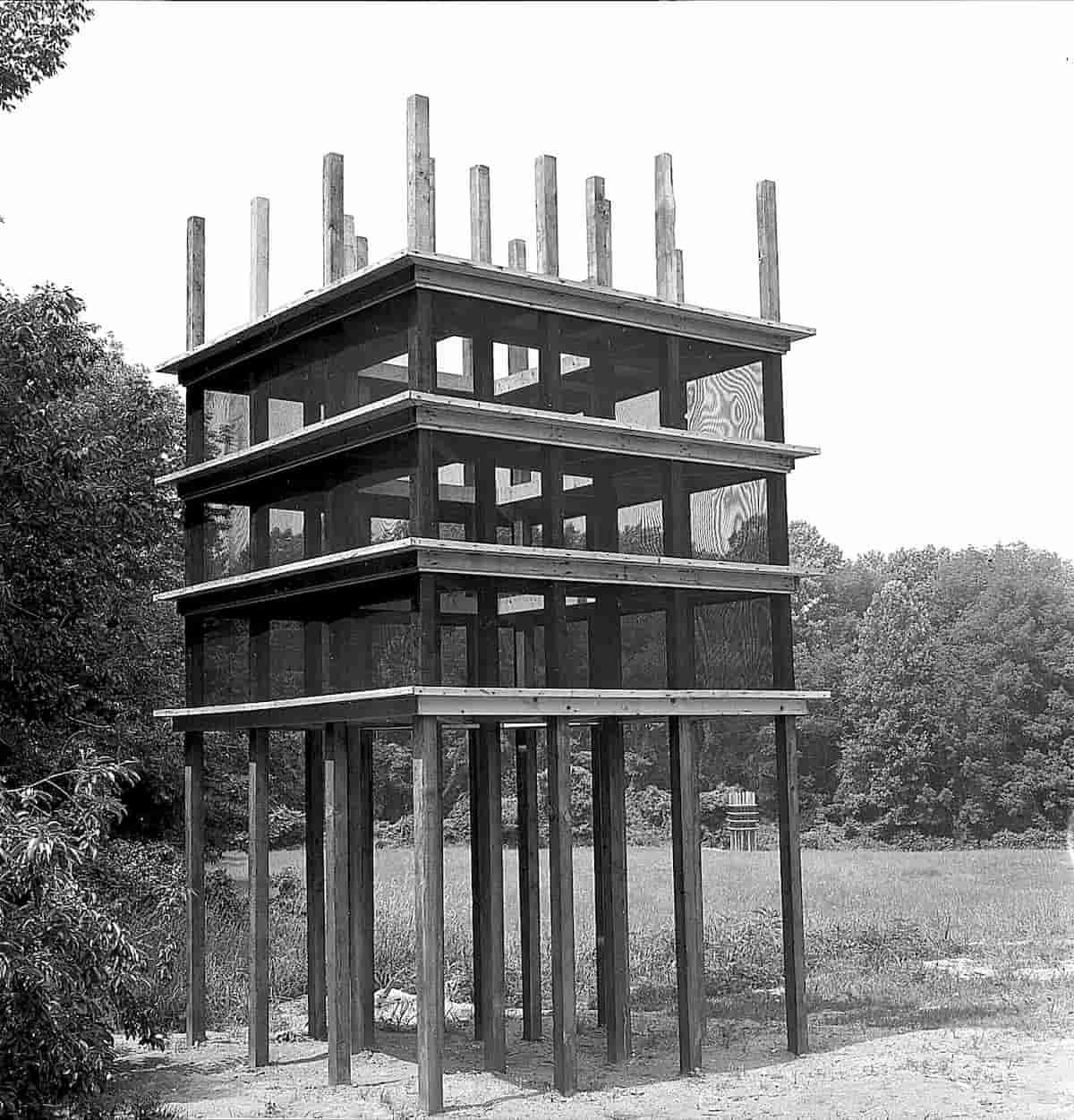
Mary Miss, “Perimeters/Pavilions/Decoys” (1977–78 ), earth, wood, and steel, temporary installation at the Nassau County Museum, Long Island, New York.
Om onvervangbaar te zijn, moet je altijd anders zijn.
Er zijn fascinerende beelden hier, en de fascinerende dag van samen! xo
─────────────────────────────────────────────────────
Per essere insostituibili bisogna sempre essere diverso.
Ci sono immagini affascinanti qui, e l’affascinante giornata di insieme! xo KanikaChic


